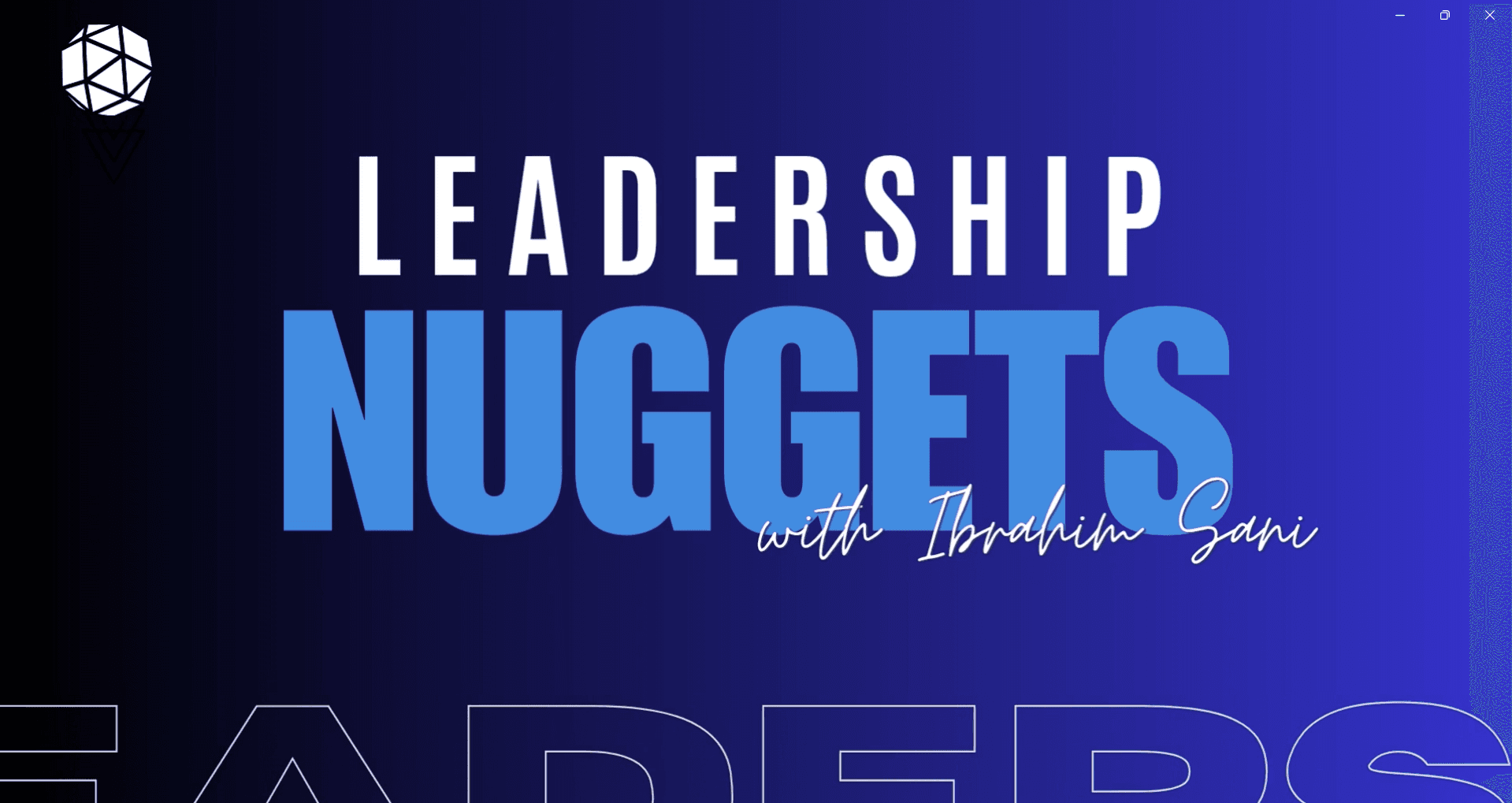Leading a Business Through and Out of Crises

As a global economic proposition, we have been ‘holding-on’ for some time. COVID-19 has now tipped us over that edge into a deep chasm of recession and uncertainty, not quite 12 months since we endured the worst bushfire season in living memory in Australia.
ASIC says that there were 10,748 insolvency appointments across Australia in FY2019. In round numbers that means 900 per month. Last month the AFR told us that “voluntary administrations across the country have fallen 60% compared to the same time last year (due to the temporary insolvency protections).”
Regrettably, an avalanche is building.
In fear of rolling out well-worn ‘doom and gloom’ labels and whilst there are many exceptions to any rule, we are in a crisis – the turning point whereupon critical decisions are made and important change takes place leading to recovery, or not.
Relentlessly chasing work, overloading internal resources, taking the knife to margins, and reconciling daily cash flows is hardly a compelling business proposition, is it?
As a starting point to prioritise your response and to break the shackles of ‘holding-on’ – the inertia that disables effective crisis management – you need to
1. sharpen up your first-mover focus, before
2. co-creating your tactical response.
A first mover mindset
Often, ingrained thinking and traditional doing have got us to where we are today. However, it is the rapid pace of change that is slowing down our ability to learn, respond and adapt, to something different.
This pace and complexity of change necessitate a first-mover mindset, a willingness to determine what your tomorrow will look like rather than wondering whether the sun will in fact rise.
Experienced leaders know that around 70% of transformations fail and will mobilise interventions to mitigate poor strategic planning, internal capability gaps, incorrect organisational structure, irrelevant business models and outdated thinking – the usual suspects of unsuccessful strategy.
They will abandon the delusional safe harbour of ‘holding-on’ to a new version of an old strategy. They will focus on customer-centric data-driven external insights driven by Aligned, Capable and Engaged – or ACE – internal people. They know that sustainable business transformation is not simply a cost-cutting and margin-thinning exercise.
Crisis management cannot simply become another operational initiative reported ‘back up the line’. As the leader you must be the activist at the front of the picket line, because sitting behind a desk is a very dangerous place from which to lead a business.
A Tactical Response Plan
Before worrying about how to change, businesses need to figure out what to change and, in particular, what to change first.
When faced with a crisis, your turnaround strategy needs to be specific, high impact and without delay.
Crises conjure up pictures of critical decisions and immediate action. An environment of do or die, even. It is because of this urgency that you need to move fast, that ever-pressing leadership imperative of yet another thing that needs to be resolved yesterday!
When faced with a crisis, your turnaround strategy needs to be specific, high impact and without delay.
Using the acronym of C.R.I.S.I.S there are 6 proven simple interventions that will co-create the minimum viable product enabling you to quickly build and act upon a picture of what success must look like:
C.ashFlow. This is not about turnover, it’s about what is left over. Spending less doesn’t mean you are creating less but you need new thinking to deliver low-cost and differentiation, to deliver value and create scale. Do more with less.
R.ight People. You need ACE people alongside you, those that can, know and want. People that have a very clear picture of what success looks like for them firstly will usually deploy discretionary effort in favour of the business, and for their benefit.
I.nformation. The ability to collect, manage and analyse real-time, relevant data is critical to decision-making and turnaround success. How do you really know that you are making business fundamental decisions with the right information?
S.upport. Tap into the capability of others in order to relieve the pressure cooker that is building inside of the business, yourself and your people. You need your best internal team and external advisors. It is not about you.
I.nnovation. This is the ‘all bets are off’ process of different thinking creating different doing - whatever technology, tool, infrastructure, or idea that will enable the disruption you need. Remember, ingrained thinking and traditional doing got you to where you are now so it’s time to move on.
S.trategy. This is the documented plan - the objectives, actions, accountabilities and metrics. The most successful strategies start with the end in mind, focusing on the solution rather than the problem. The problem is simply a lesson.
Assuming you prioritise empowering the right internal people first; then you have sleeves-rolled-up external support, collect the right information, optimise constrained cashflows and bring innovative thinking to your doing; you will now have in place the ‘foundation’ crisis management plan – the initial point from which you will progressively ratchet up activity, and accelerate turnaround.
Leadership
Tags: Executing Leadership





